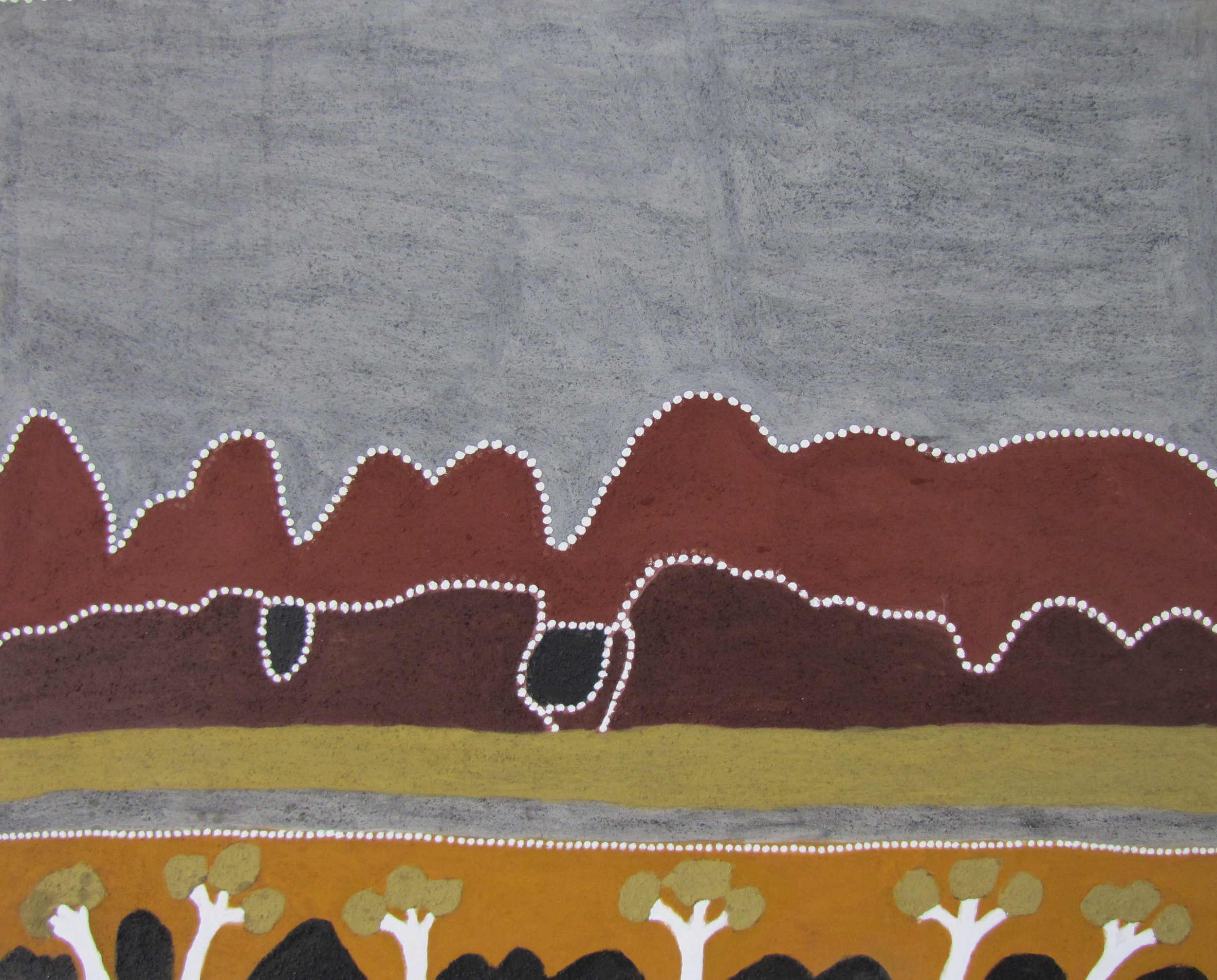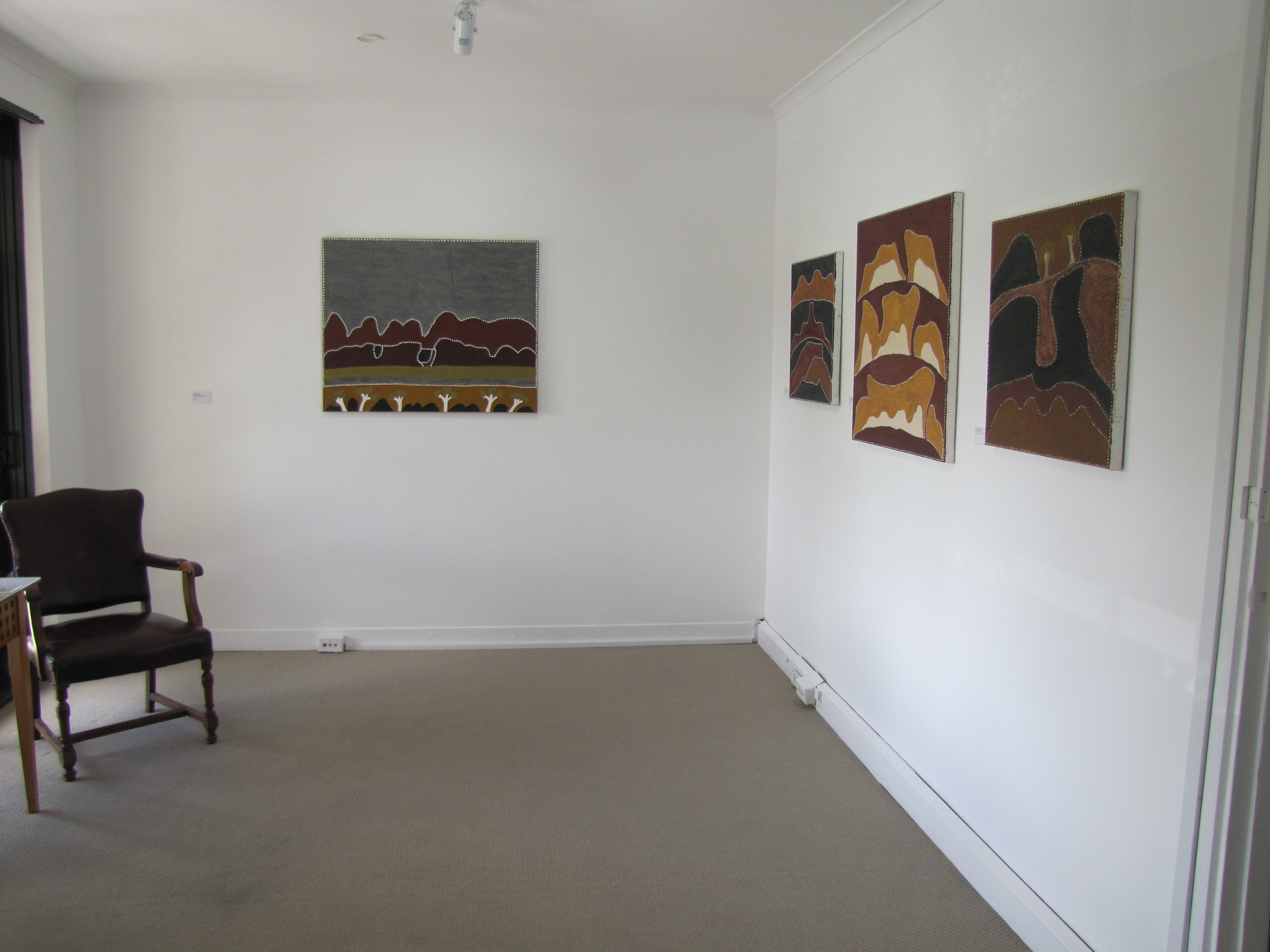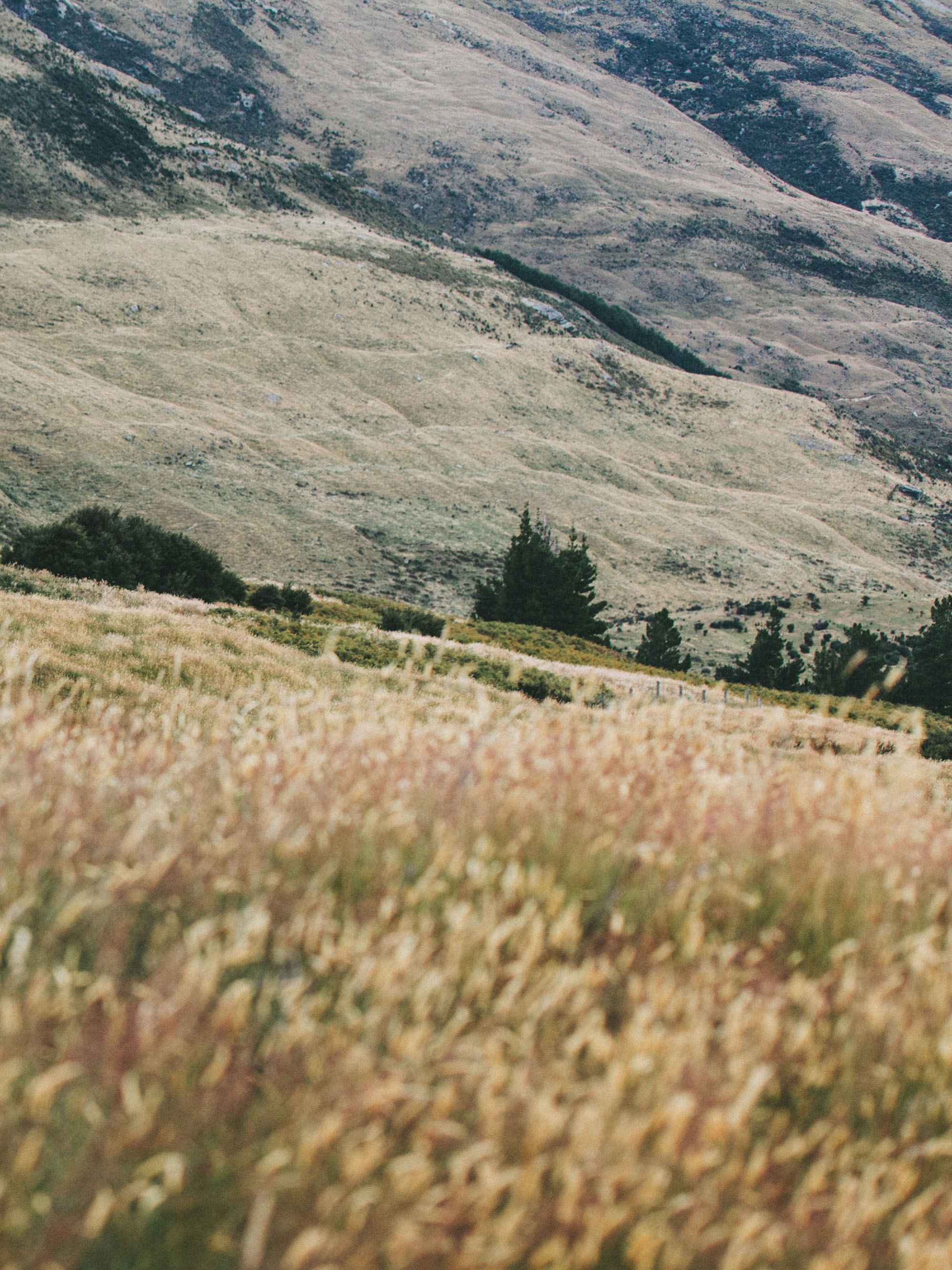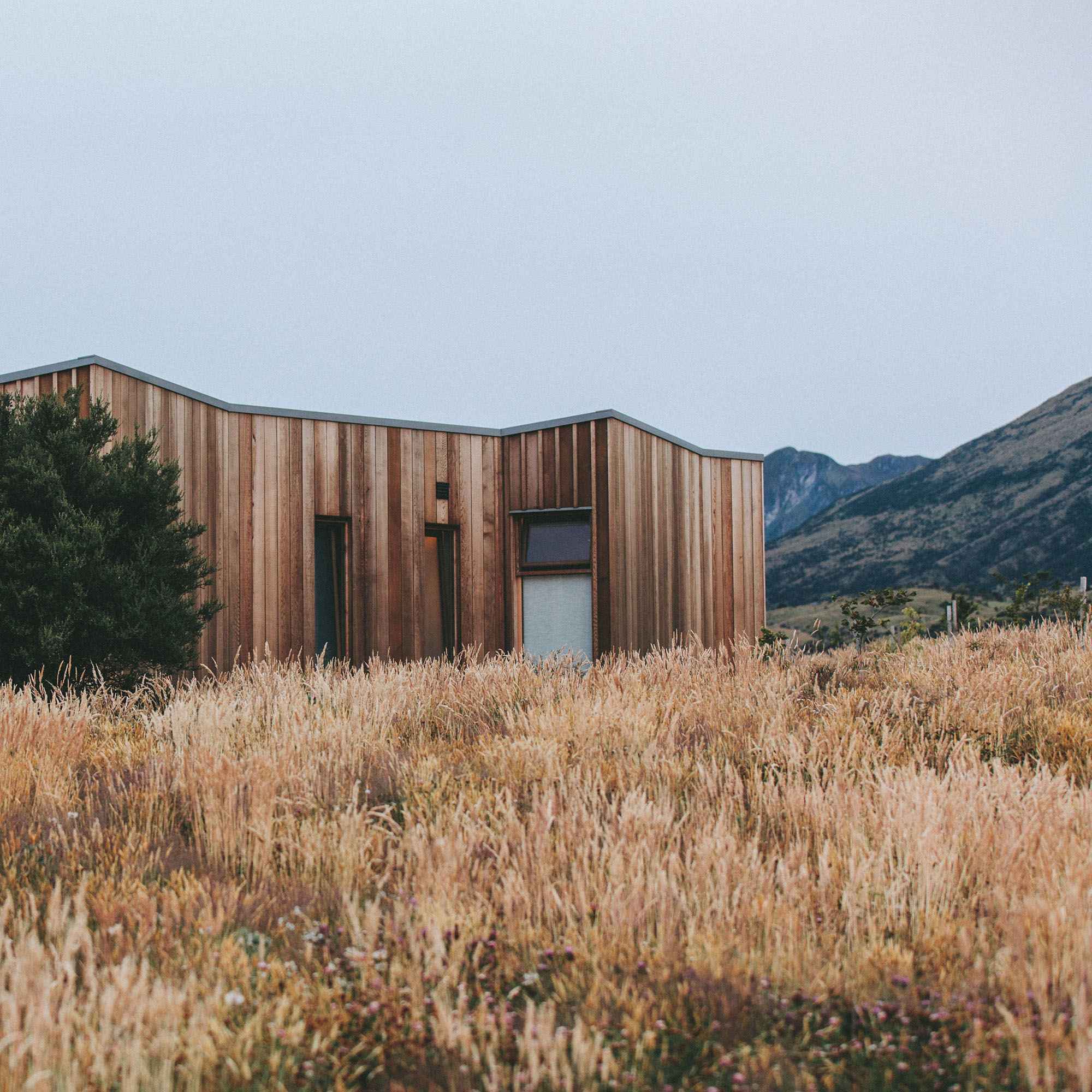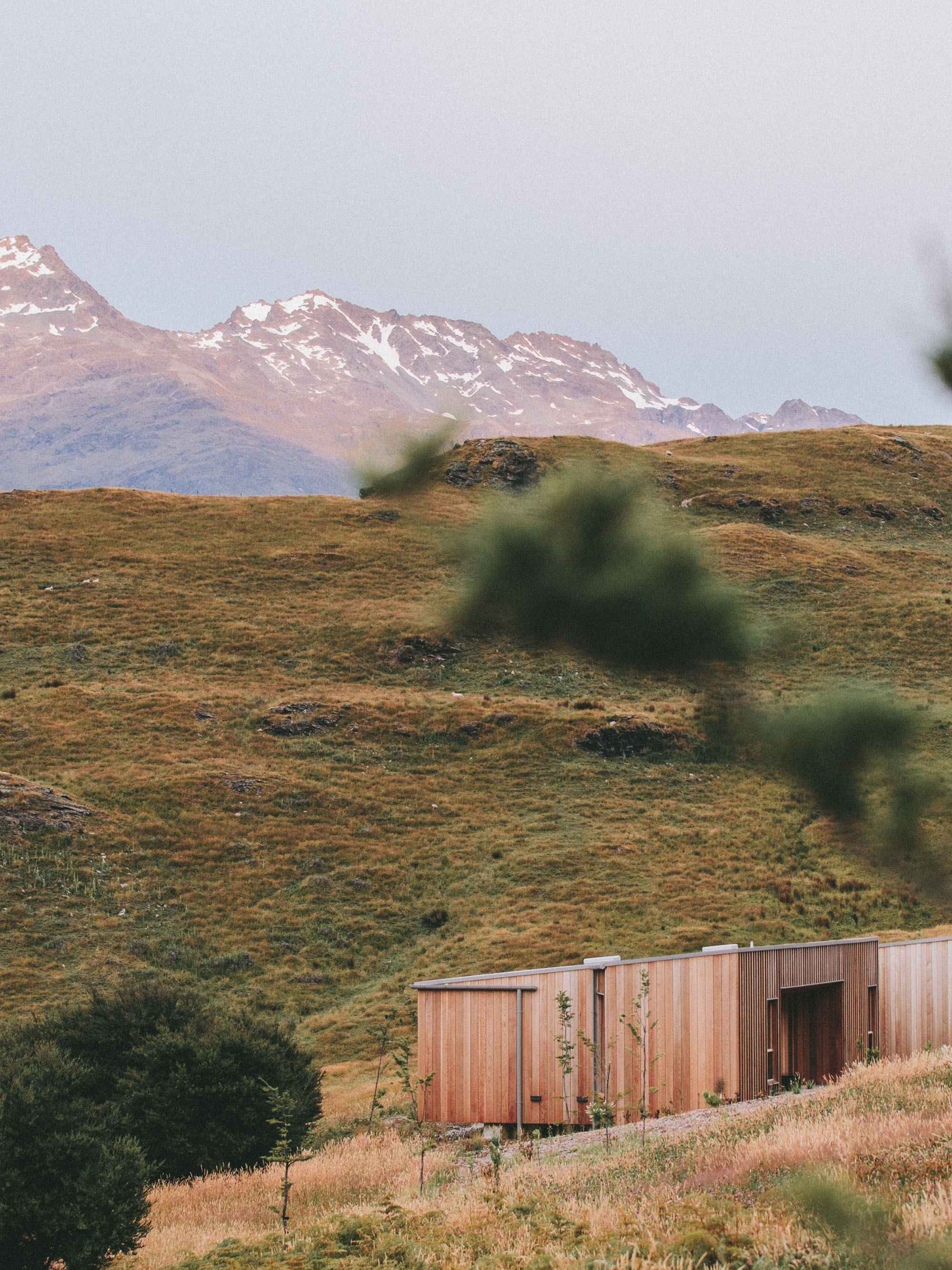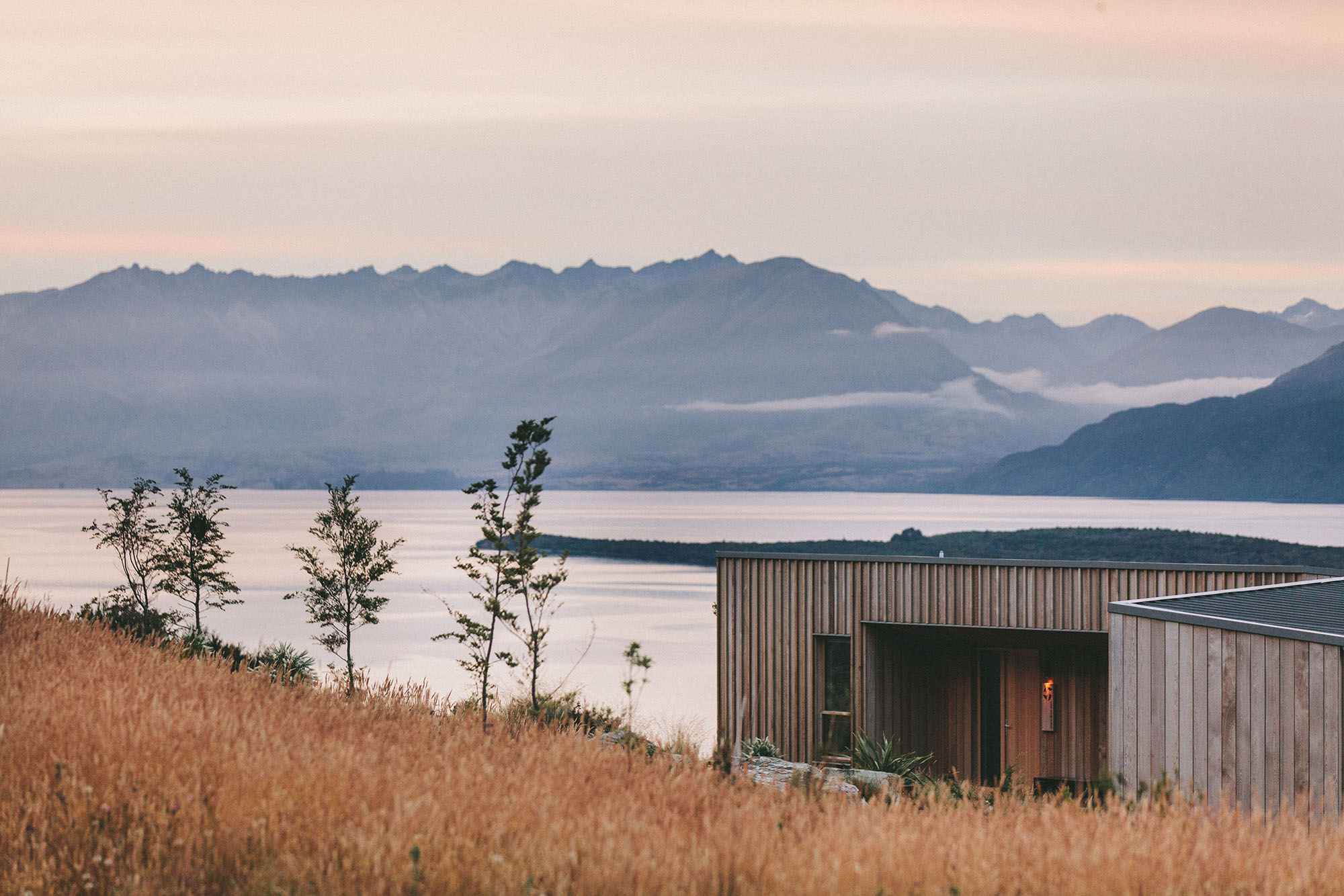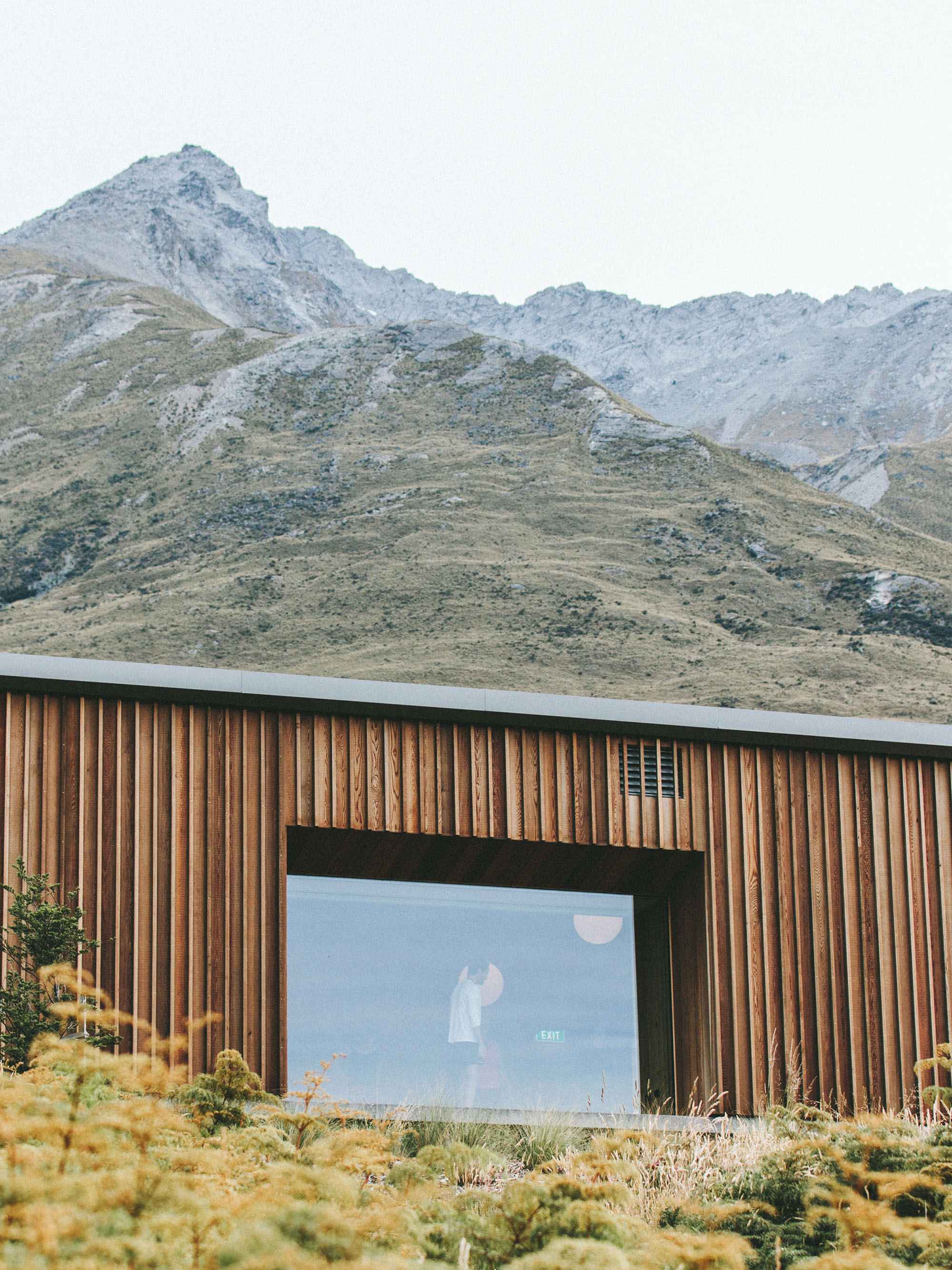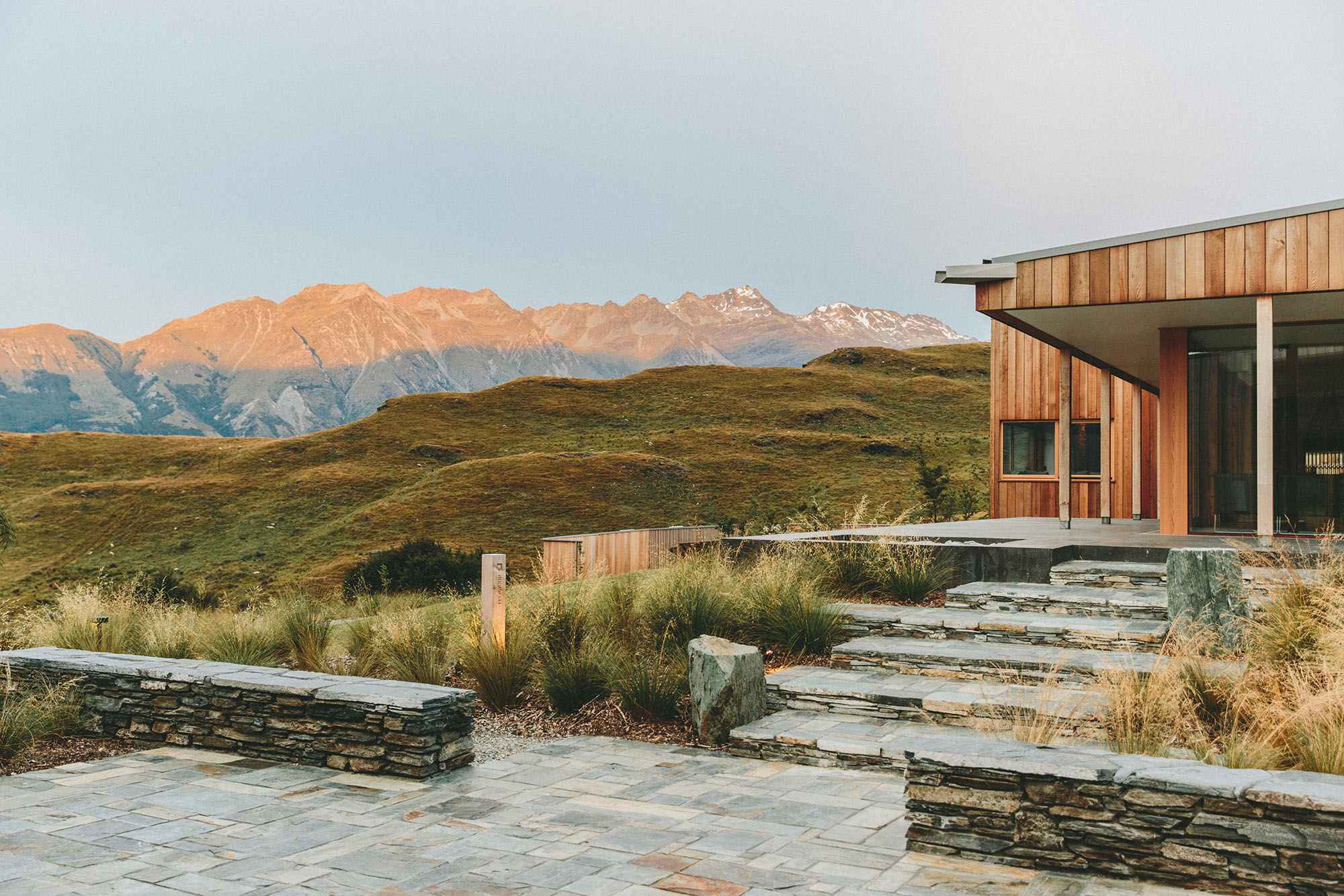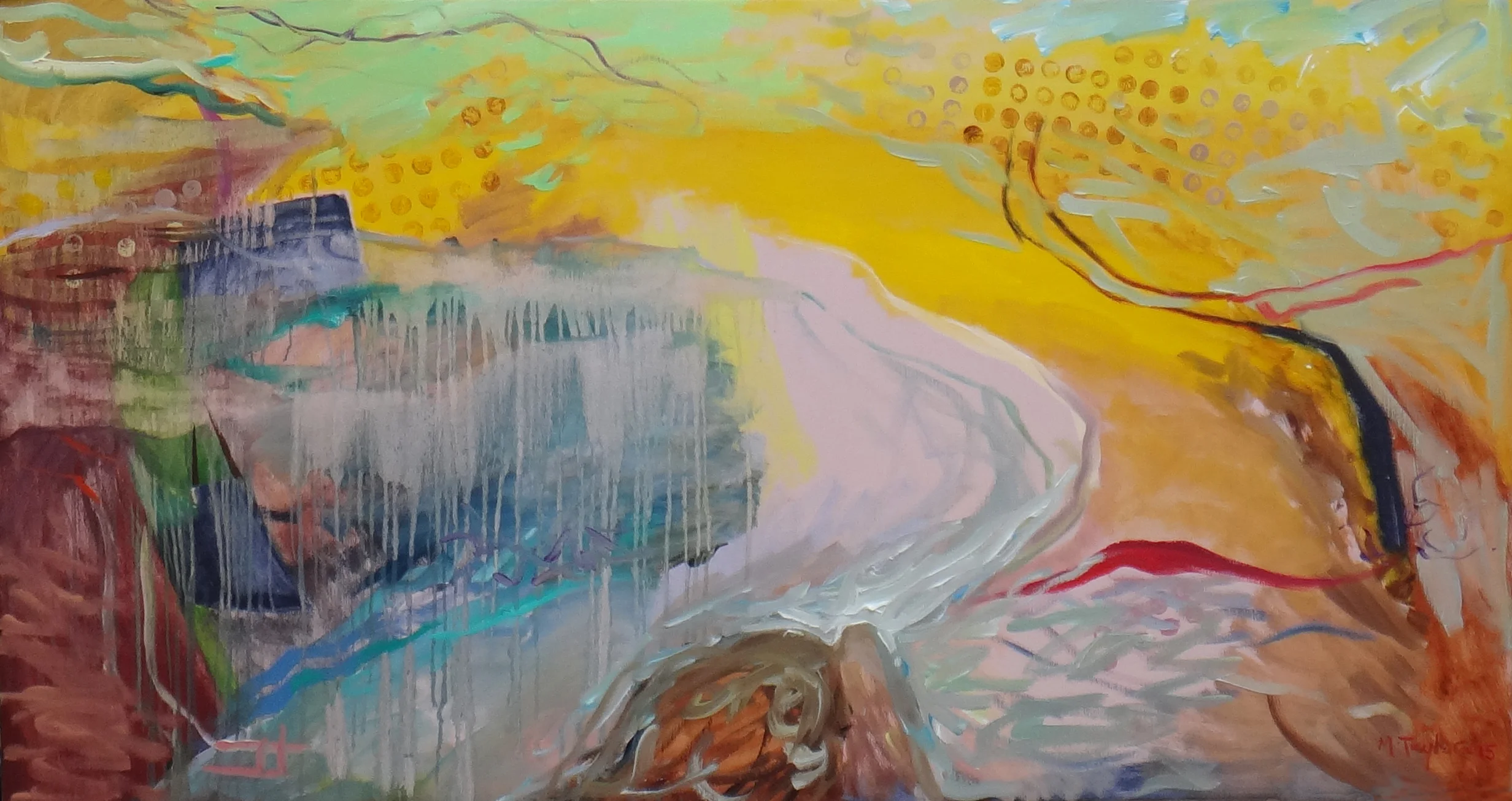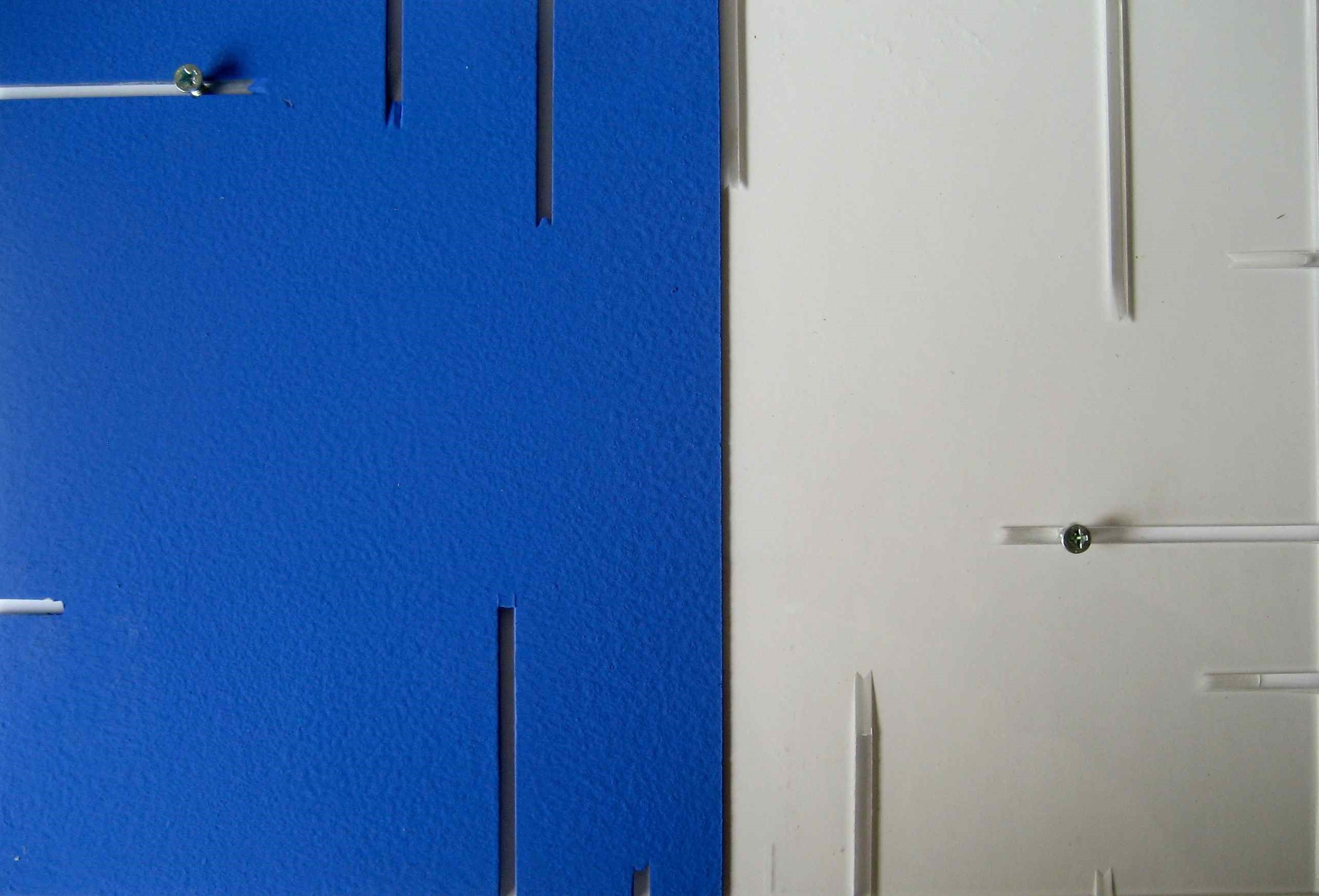CRAIG EASTON | BUILD
8 October - 2 November 2014
About the Artist
Born in 1961 in Dunedin New Zealand, Craig Easton is a Melbourne-based artist working within an expanded model of abstract painting. This model extends through languages including formalism, minimalism, pop, constructivism, architecture, and the screen, to attempt a (re)construction of what place reductive abstract painting might take in today’s culture.
Constructed from a diversity of materials and mediums, the work in BUILD at Nancy Sever Gallery included paint on canvas, aluminium and plexiglass, as well as object making, video, drawing, digital painting and photography, reflecting this engagement with painting as an expanded, hybrid field. While many of the materials used in BUILD are readymade products of industry, inspection also reveals a celebration of the hand and its imperfections, the painterly, and process in all its guises. Presenting artworks from 2007 until the present, BUILD also tests the limits of difference across the artist’s practice, ultimately reflecting upon the act of ‘building’ a body of work.
Craig Easton has previously shown in Canberra with Ben Grady Gallery (2000, 2001) and at CSA Photospace (2001) while a visiting artist at the ANU. BUILD is his 27th solo exhibition since 1996 with his most recent: A Strange Arrangement at Margaret Lawrence Gallery VCA, Melbourne (August 2014) where he has been completing a PhD researching the possibilities for reductive abstraction through the alternative structural and conceptual model provided by ancient Chinese gardens. Other recent exhibitions include Concrete Abstractions at Conny Dietzschold,Gallery Sydney (2014); 50 Variations at Nellie Castan Gallery, Melbourne (2013); Concentrated Abstraction at East China Normal University, Shanghai (2012).
Recent curated group exhibitions include Perceptions of Space: Justin Collection, Glen Eira City Council Gallery, Melbourne; Tangible, Trocadero, Melbourne; Split-Level, Five Walls, Melbourne (2014); SNO 99, SNO Contemporary Art Projects, Sydney; Reading the Space: Contemporary Australian Drawing, New York Studio School Gallery, USA; Arthur Guy Memorial Painting Prize, Bendigo Art Gallery (2013, 09, 07).
Craig Easton’s work is held in major collections, including the National Gallery of Victoria, the Federal Court of Australia, Artbank, NAB (UK and Australia), RMIT University, La Trobe University, Siemens Australia.
AVAILABLE WORKS INCLUDED IN THE EXHIBITION
The Canberra Times, Friday 24 October 2014
RUTH WALLER | ALL THAT IS SOLID
3 September - 5 October 2014
Ruth Waller was born in Sydney in 1955. She has taught Painting at ANU since 1990 and is currently Head of Painting. Waller has exhibited her work in Australia for over thirty years, in solo and group shows, and is represented in national, state and regional collections.
Her early work demonstrated a strong interest in the natural world, in eco-systems in danger, in undervalued, invisible and unseen life forms. In the 1990s her focus shifted towards exploring the act of seeing in painting, and the changing approaches to representation over painting’s history. Early Italian and Northern Renaissance art provided rich source material for several series of layered and reflective paintings, which addressed contemporary and personal subjects.
In 2000 her Masters thesis, Miraculous scenes from the altarpieces of Siena and Florence of the 14th and 15th centuries, reflected a long-term interest in the pre-Renaissance approach to pictorial space and composition. Since then, her painting practice has continued to explore ways of drawing on the early history of Western painting in developing works which reflect on contemporary experience and questions of perception, optics and the relations between mind and body in the creative process. In considering painting as a form of speculative research she is concerned to highlight the material and perceptual specificity of the conditions of painting, both for the maker and the viewer.
Most recently Waller has returned to exploring the natural world through painting, specifically the botany and geology of her own garden and of the local bushland. She speaks of finding new pleasures and possibilities in considering paint as a kind of mineral matter: of colour as a gritty and particular substance, enjoying the way rocks form and cleave with planar geometry and yet erode and crumble in ways more organic, each being irregular and unique and shaped by a specific series of events in the world.
“While I am working from nature, I’m interested in the ways the intensity of colours, patterns and forms of the natural world can take on a fantastic quality.” says the artist. “These paintings are in a sense abstracted from nature but they have something of the physicality and complexity of incident you find in historical narrative or landscape painting, where there is a lot going on. The fact is, when you look at the complexity and variety of things around us, there is a lot going on.”
Artist’s statement.
These paintings grew out of a number of everyday visual pleasures: a collection of small rocks picked up the bush, plants my backyard garden, the landforms of the Blue Mountains, mornings spent amongst the eucalypts in the Canberra Botanic Gardens, and the pleasures of painting itself, of Bellini, El Greco, Gauguin, of Romanesque frescoes and Indian miniatures. The process of making them was a much more instinctive and improvisatory thing than I have experienced before, listening to Miles Davis, John Coltrane and Charles Mingus. Maybe as a result these paintings look a bit retro- a bit 1950s.
Recently I have found myself enjoying the experience of considering paint as a kind of mineral matter: of colour as a gritty and particular substance. And I enjoy the way rocks form and cleave with planar geometry and yet erode and crumble in ways more organic. Each is irregular and unique and is shaped by a specific series of events in the world.
I know these works are pretty complex and dense. A lot of recent abstract painting is pretty spare and clean, but I figured I'd like to make work that has the physicality and complexity of incident you find in historical narrative or landscape painting, where there is a lot going on, often on a relatively modest sized canvas. The fact is, when you look at things, there is a lot going on.
I think it's hard to make any great claims for painting today. It is something of a curious anachronism. I like that. it's really quite releasing to be consigned to irrelevance, to be out of sync with things. It means you can just get on with making your work, reinventing things for yourself and you can be quite idiosyncratic about how you do it.
For Ruth Waller's biographical details, reviews and writings please view Artists/Ruth Waller
BETSABEE ROMERO | OF SHADOWS AND MIRRORS
9 August - 31 August 2014
Betsabeé Romero creates provocative objects and installations that draw on elements of popular culture, especially the car, and the rich traditions of Mexican art. Her work is concerned with themes of identity, human migration and the environment.
The car as icon has a long tradition in Mexican culture, where the artist’s roots lie, and she uses the car and its parts as a vehicle for exploring her cultural heritage. Components that are peripheral to the functioning of the car become devices for looking at everyday objects in a different way: a windshield, a rear vision mirror or, in this exhibition, hub caps. Removed from their usual context these car parts become objects in their own right. By decontextualising them, the artist creates a new aesthetic that occupies the middle ground between popular object, art object and conceptually complex artwork.
From the outset of her career, Betsabeé Romero has worked in an environment of great visual wealth: everyday life in Mexico City, which offers an especially wide range of iconographic references that go from the pre-Hispanic to the colonial and emphatically, to the contemporary, the latter replete with elements that have enriched and transformed it into a whole with a powerful presence. For the past decade she has been developing a critical discourse about local and everyday symbols and rituals of the culture of global consumption, notably cars.
Romero’s artwork resurrects dead cars, bringing new life with a whimsical transformation of the exterior and interior. Her politically charged installations play on the car’s cultural significance, both past and present, juxtaposed with her wonderful daydream visions for the future.
Betsabeé Romero’s most recent works consists of large paper drawings, reminiscent of the cut-out papers used in Mexican celebrations, particularly in small towns, hung a few centimetres from the wall. They are lighted directly and the artist has painted precisely on the area where the real shadow would fall. In this way she has placed in a permanent position one of the most ephemeral and delicate shapes in the Mexican popular imagination.
CARING FOR COUNTRY
QUEENIE McKENZIE FREDDIE TIMMS GLORIA PETYARRE DR GEORGE TJAPALTJARRI
12 July - 3 August 2014
From the remote regions of Western Australia and the Northern Territory comes the art of four of Australia’s leading indigenous artists. Caring for Country presents paintings by Queenie McKenzie, Freddie Timms, Gloria Petyarre and Dr. George Tjapaltjarri. The four share a love of their traditional lands and a respect for the way their country has nurtured them. Their art shows how they draw spiritual and physical sustenance from country and turn to it for spiritual and physical healing.
TIM JOHNSON | EYE TO EYE
4 June - 6 July 2014
Tim Johnson, Otherkin 3, 2013, with Karma Phuntsok. acrylic on linen 91 x 61 cm
The acclaimed artist Tim Johnson delivered another tour de force with his latest exhibition Eye to Eye.
Often described as ‘floating worlds,’ Tim Johnson’s extraordinarily powerful paintings embrace the spiritual iconography of a range of cultures including Aboriginal, Buddhist and Tibetan. They are landscapes of desire, imagined syntheses of cultural and visual systems that freely draw upon images that are charged with meaning. The paintings are hypothetical landscapes.
The dot painting of Papunya, a Tibetan thanka or Radio Birdman logos - may all find their place in his work. His painting style is influenced by these sources in both a technical and philosophical way, and by his collaboration with artists from these cultures. Tim Johnson has collaborated with Clifford Possum Tjapaltjarri, Michael Nelson Jagamara, Karma Phuntsok and My Le Thi, among others.
In this recent work what was originally a conceptual painting style with lots of quoted imagery and an approach that was collaborative and indebted to traditions other than the one Tim Johnson grew up with, is more self-exploratory and maps out a personal vision.
“Having painted imagery that relates to or comes from religious and spiritual traditions for some time now”, the artist says, “I've come to think that painting itself, the act of putting together marks, signs and symbols in a kind of visual note taking, opens a door to a non-physical world or at least to a world that's far from the mundane one that we usually inhabit”.
Eye to Eye is a reference to one aspect of the imagery in the paintings in which there is usually someone, somewhere, looking back at the viewer. You are seeing “eye to eye”.
Tim Johnson has featured in numerous individual and group exhibitions in Australia and internationally, including the 1986 and 1992 Biennales of Sydney, Flight Patterns at the Museum of Contemporary Art in Los Angeles, Documenta IX at Kassel and the Third Pacific Triennial of Contemporary Art at the Queensland Art Gallery. A major retrospective of his work was shown at the Art Gallery of NSW and the Queensland Art Gallery in 2009.
views of the exhibition





























































